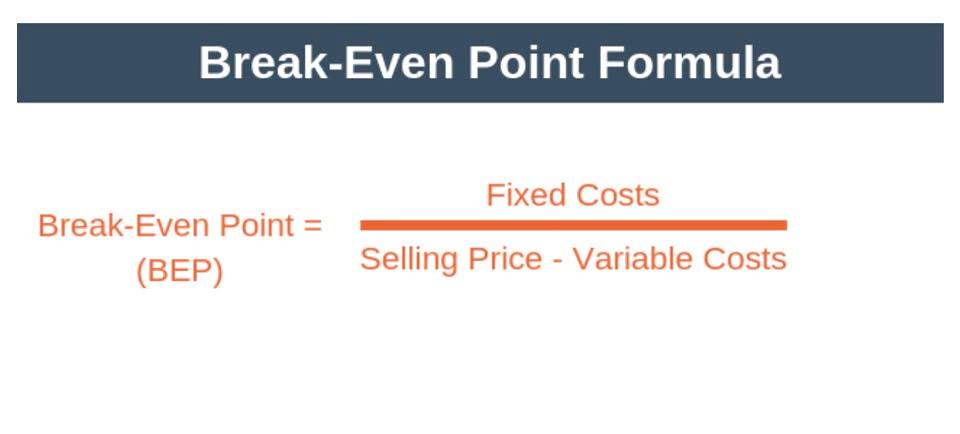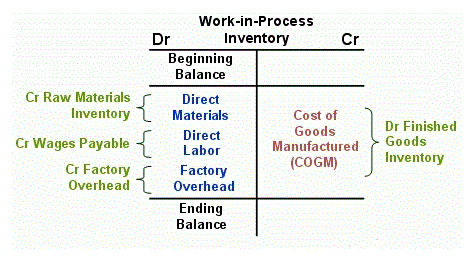Daycare Financial Model Template Excel Spreadsheet
Eylül 15, 2021
The combination of customized care plans and nature-based learning creates a compelling offering that resonates with modern families, leading to sustainable growth and a thriving daycare environment. Through effective sales strategies for daycare bookkeeping daycare, we can leverage our highly trained staff as a unique selling proposition, showcasing our commitment to quality care. This will resonate with parents seeking the best environment for their children and may lead to increased enrollment and retention rates.
- Effective online marketing through social media and search engine optimization (SEO) can reach a broader audience, highlighting unique offerings like flexible schedules and quality educational programs.
- To begin creating your sample operating budget, start by estimating the monthly costs for each expense item.
- Whether you operate a small home-based daycare or a larger daycare facility, our financial model adapts to your unique business structure, empowering you to make informed financial decisions.
- In more affluent areas or in centers that provide specialized services, margins may be on the higher end due to higher revenue per child.
- Analyzing monthly revenue isn’t just about recognizing the income flowing into our daycare; it’s also about strategically planning for future growth.
- Altogether, licensing and permits can total $500 to $1,000 for a home daycare setup.
Key Takeaways

Additionally, daycare centers that offer personalized plans have seen a 15% increase in enrollment and a 10% boost in parent satisfaction scores. Incorporating seasonal events and workshops into the Little Explorers Daycare curriculum is an innovative way to not only engage parents and children but also to effectively increase daycare revenue. These efforts will contribute to the overall growth and sustainability of the daycare while making it a significant part of the community. Integrating these partnerships not only aids in improving daycare operations but also enhances the educational experience for children. Activities such as joint workshops or seasonal events for daycare parents can drive community engagement and foster deeper relationships, ultimately leading to a stronger childcare business.
At the end, how much can you make as a daycare center owner?
Just as King Midas turned everything he touched into gold, we’ve long wondered if a daycare business could similarly turn care into profit. An in-home daycare means you are the provider; you are the one that takes on all the responsibility for all the children in your care. If you are running a daycare with 40 children and you are charging your clients, $180.00 a week for newborns, $160.00 a week for toddlers to the age of 4 and $150.00 a week for children from the ages of 5 to 11. A profit margin is determined by subtracting the amount of expenses you require to run your business from the amount of income you have generated.
Financial planning for diversification
Though financially strained by these additional costs, centers have recognized the https://www.bookstime.com/ need to offer higher wages to attract and retain qualified staff. This shift towards better compensation reflects an effort to improve conditions in a profession historically marred by low pay. The demand for reliable child care has surged post-pandemic, prompting many centers to upgrade their offerings in response to higher parental expectations. From an economic perspective, the industry’s revenue experienced a CAGR of 0.8%, with a singular 0.5% drop in 2024 and is expected to reach $71.8 billion. The appeal of easy accessibility enhances the daycare industry’s symbiotic relationship between location and profitability. Parents who are juggling career obligations and domestic responsibilities prioritize daycare centers that are conveniently located.

It is one of the few businesses that are not only recession-proof but also thrives in uncertain economic times. This approach ensures our discussion is grounded in data, directly addressing the core elements that shape financial outcomes in the daycare industry. Understanding this breakdown is crucial for us to manage and estimate costs effectively, ensuring our commitment to serving others is always met. In navigating the rewarding yet complex world of early childhood education, we’ve discovered that the financial landscape for daycare owners isn’t always child’s play.
- The implementation of cost-effective administrative methods and the integration of technology can greatly improve operational efficiency.
- By analyzing these factors, we’re able to pinpoint strategies for enhancing profitability.
- In contrast, during periods of economic stability, parents desire to invest in quality childcare can create a climate conducive to higher profit margins flourishing.
- This trade-off between number and quality highlights the complexities of daycare enrollment management.
- In the dynamic landscape of childcare services, understanding the impact of market competition on daycare center profitability is crucial for anyone considering entering this sector as a daycare business venture.
- Foresight and problem-solving are critical to preventing potential revenue losses.
- However, maximizing enrollment alone does not ensure profitability as this has to be balanced with high-quality care and compliance with state regulations which can increase operational costs.

This investment fosters a culture of learning and innovation, which is essential for the growth of Little Explorers Daycare. Offering customizable enrollment options, such as part-time, full-time, or drop-in care, allows us to cater to varying family needs. According to recent data, daycare facilities that provide flexible enrollment often report a 20% increase in overall enrollment rates. Furthermore, the daycare incurs several indirect costs how is sales tax calculated such as marketing, insurance, administrative expenses, taxes, and rent.

Daycare Marketing Plan
If you have 2 employees that work with children 5 through 10 and there are 11 children in that age range as in the example above. Now let us say that you are providing food in your center, this means a morning snack, lunch, and an afternoon snack, plus, juice and milk, you may be looking at roughly $3.00 per toddler a day and .50 per child a day. Food costs will total $6.00 a day, multiplied by 5 days food costs are $30.00 a week.
